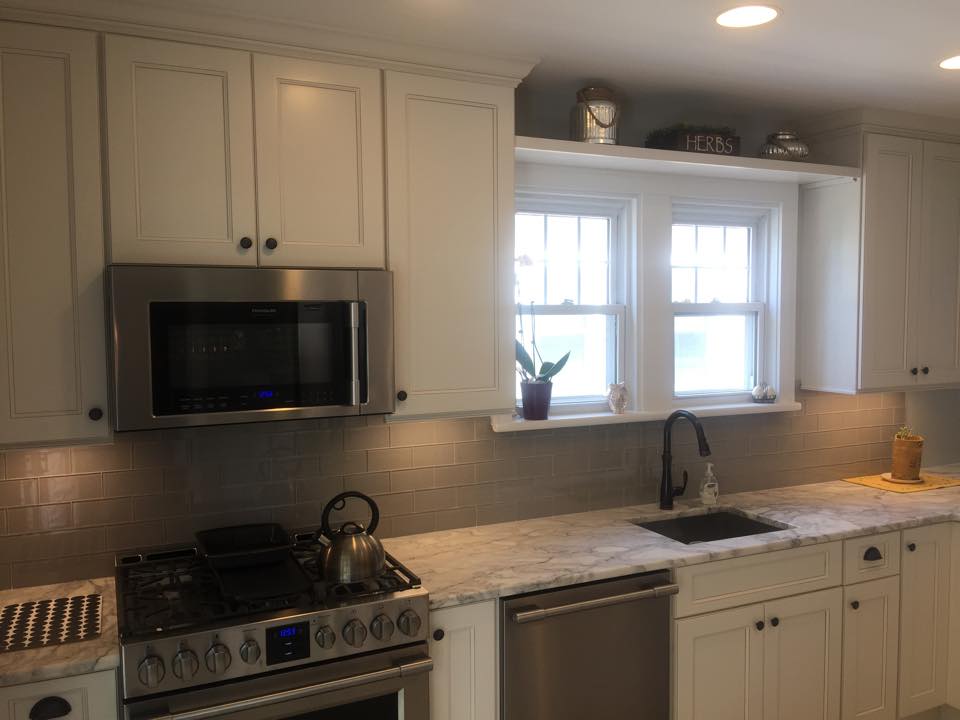A Guide to Tiling Your Kitchen and Bathroom

One of the most important elements of a home is the floors you’ll be walking on. The type of flooring you have will impact not only your comfort during daily life, but also the longevity of your home. For example, carpets are nice and soft, but they make cleaning a nightmare, leading many to choose hardwood or tile flooring. On the other hand, the kitchens and bathrooms in your home all but require tiling, and this guide will explain the basics of laying tile in your kitchen or bathroom.
Why You Need Tiling
Kitchens and bathrooms are unique in the average home for being the primary places that one expects excess moisture. The kitchen sink and your bathtub represent the sources of so many spills, not to mention steam, and this can wreak havoc on hardwood floors, for example. Likewise, moisture soaks into carpets and, while it can dry out, it will typically leave mildew in its wake. Then, there’s the fact that food is prepared in the kitchen, and food spills on your living room carpet prove the fallacy of carpeting a kitchen.
The Right Kind of Tiling
Bathroom and kitchen tile flooring needs to be able to handle moisture, primarily. However, any flooring needs to be able to handle foot traffic. Even in small quantities, that foot traffic contributes to wear and tear over time, so the tiling needs to last long enough to justify the cost, and the time cost, involved in replacing it. Ceramic, porcelain, and slate provide the best protection from water damage without sacrificing the ease of cleaning the floors, making them each an excellent choice.
The Labor of Laying Tile
Laying new tile in your kitchen bathroom will typically involve two major steps. Firstly, you’ll need to secure a protective layer between your floor and the tile, and then you’ll need to adhere the tiles to the protective layer. However, replacing existing tile is even more labor-intensive, because it will entail undoing the same steps from a previous project. This often requires the use of a chisel to lift the previous tiles up from the protective layer before starting the project.
Removing your current flooring and laying down new kitchen tile flooring is a big job and is best done by a professional to ensure it is all done correctly.